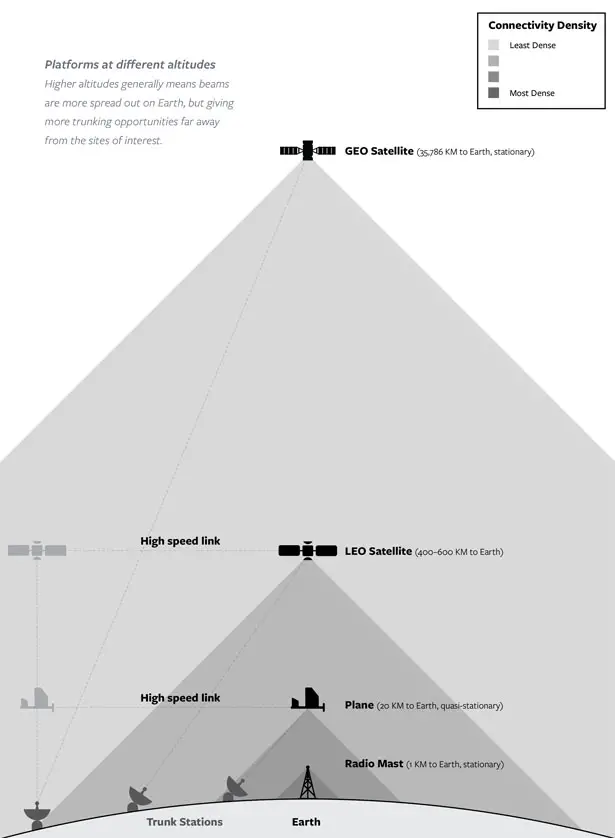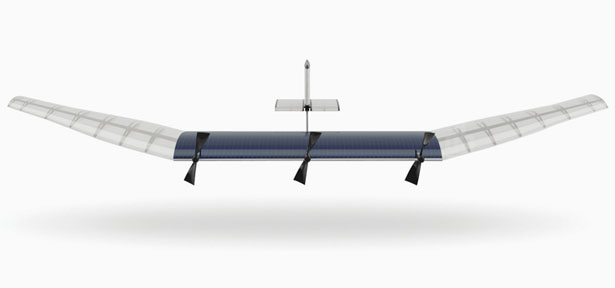Connecting the whole world to the internet using Free space optical communication, or FSO. It’s an ambitious project of Facebook and Internet.org to bring affordable basic internet services to everyone in the world. Let’s face it, at this moment, there are still many places without any phone connection, let alone internet connection. We all have enjoyed easy access to information to find jobs, connect with friends and families, start businesses, and many more, thanks to internet connection. According to recent study by Deloitte, the internet has played very important part in driving economic growth in developing countries, it also solves many social and economic challenges. By expanding internet access, we could possibly create more than 100 million new job and lift millions of people from poverty.
Facebook takes new approach to bring the internet to everyone by developing new platforms based on the principle that different communities require different technical solutions. For example in urban or semi-urban environment, most likely this areas are already covered by 2G and 3G networks, the company can work together with the mobile operators to bring affordable internet services. However, the other parts of the world that don’t have access to 2G and 3G networks are usually located in remote or difficult to reach areas, even physical access to communication can be difficult.
Designer : Facebook and Internet.org


After extensive researches, Facebook and Internet.org have come up with a solution: Free Space Optical Communication (FSO). It’s a device that uses light to transmit date through space where basically there are invisible laser beams inside the infrared part of the spectrum. It’s a promising technology that might dramatically increase the speed of internet connection since the lasers used by FSO offers extremely high bandwidths and capacity, yet it consumes less power than microwave systems.

FSO connects larger segments of population on the ground to the internet, unfortunately, this technology also has numbers of significant weaknesses, for example, the narrow optical beams would be hard to orient directly, they have to be pointed precisely. FSO doesn’t work through clouds and vulnerable to bad weather conditions. The application for FSO would be high altitude drones.
The main focuses on developing these drones are:
- Flying as close as possible to the ground to optimize signal strength
- Flying high enough where wind is not very strong for better endurance
- Flying outside regulated airspace for safety
- Can be controlled in precise location, unlike balloons
- Small structures yet large enough to harvest sun energy
- Cheap but good quality materials









If your mission is to connect the world, then a billion might just be bigger than any other